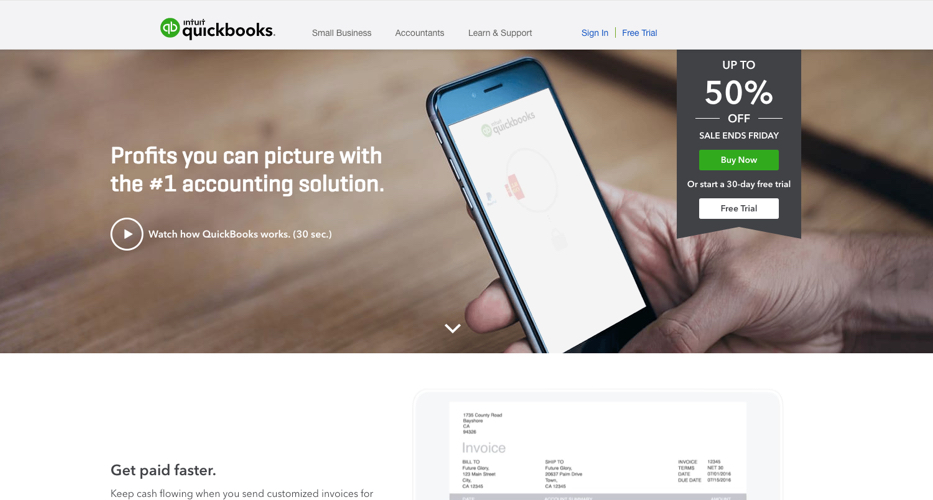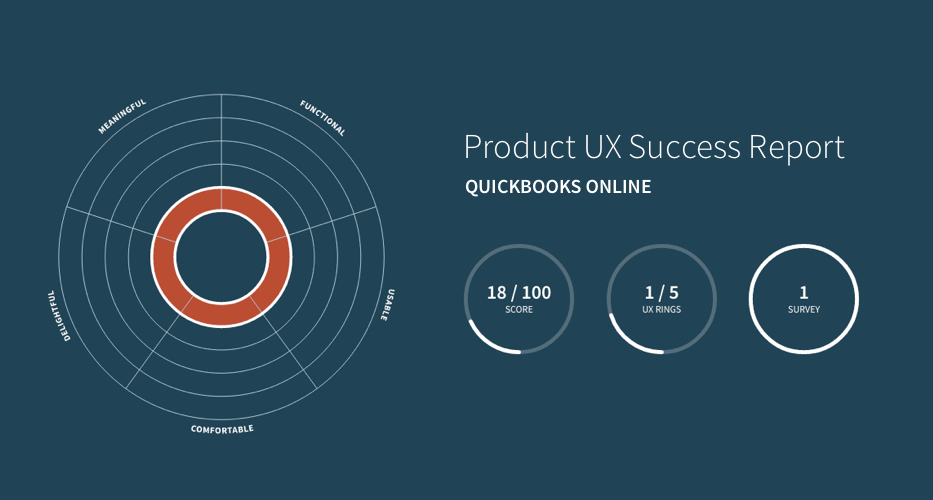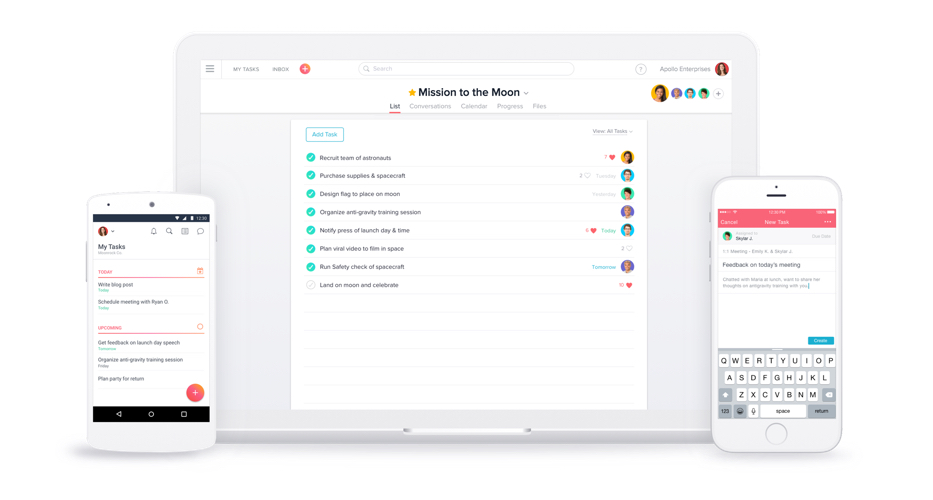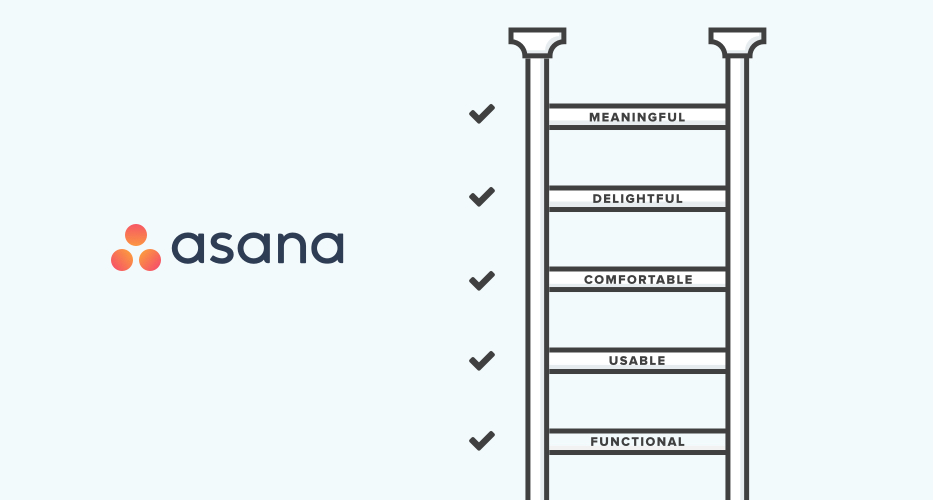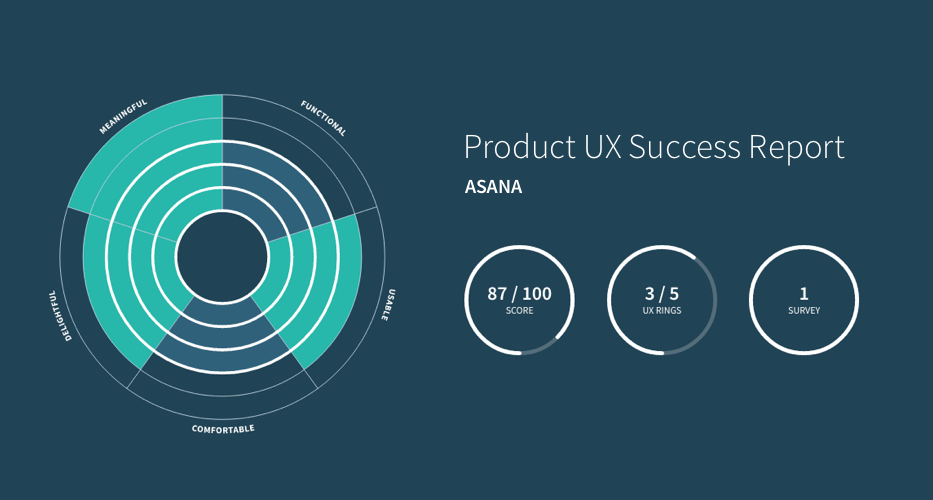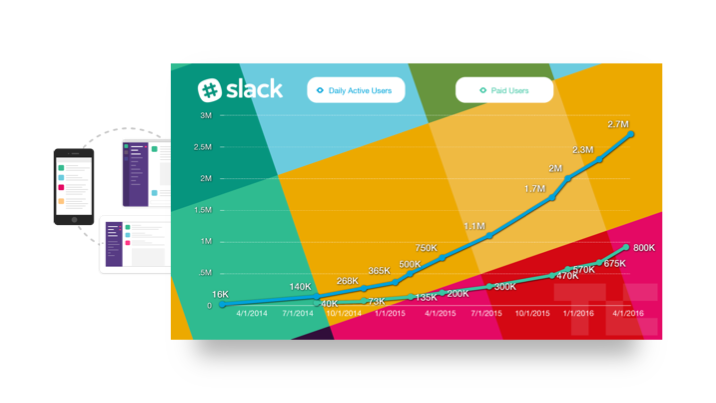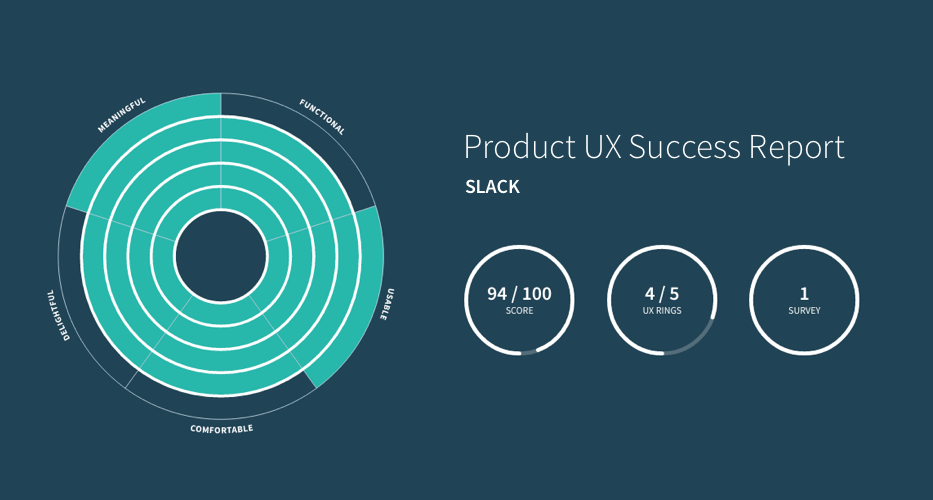UX Rings: A UX Survey and System for Measuring Experience Success

Many business professionals fall into two categories: data junkies and empathizers.
Data junkies obsess over metrics. They love numbers and measure everything. If they can’t quantify it, they aren’t interested.
Empathizers are on the opposite end of the spectrum. They care more about the user’s feelings, emotions, perceptions, and other qualitative metrics.
UX design has historically been a purely creative discipline, where designers use their intuition and empathy to develop a solution that connects with their users. Over the past decade or so, many designers have developed a more data-driven approach and become obsessed with tying everything back to numbers.
In the past, you could use either approach to gather good information and develop smart products. But today, UI/UX design isn’t so black and white. The best products and services don’t just rely on data OR feelings — they use both.
The problem is there are plenty of techniques for tracking qualitative information (user interviews, personas, journey mapping, etc.), and plenty of tools for tracking quantitative information (analytics, conversion rate, usage duration, etc.). But there isn’t one that does both.
That’s why we created UX Rings.
The best products and services don’t just rely on data OR feelings — they use both.
Blending Quantitative and Qualitative Data to Measure UX Success
UX Rings is a UX survey and system for measuring the overall quality of a product or service experience. It uses the Experience Success Ladder as a starting point and then assesses the strengths of the experience in 5 segments: functional, usable, comfortable, delightful, and meaningful.
The Experience Success Ladder is a great high-level, linear benchmark. It evaluates how high your product or service has “climbed,” and suggests the next rung or segment of the ladder to aspire to.
UX Rings takes the Experience Success Ladder a step further. It provides a multidimensional ranking that combines quantitative and qualitative data to assess your product’s or service’s performance within each segment. As you improve to a certain level in each segment, you complete a ring. The goal is to finish all 5 rings — the epitome of a successful product or service – with mastery of each segment of the user experience.
UX Rings provides a multidimensional ranking that combines quantitative and qualitative data to assess your product’s or service’s performance within each segment.
UX Rings in Action
QuickBooks Online: 1 / 5 UX Rings
Consider QuickBooks, the biggest player in small business accounting software. Millions of businesses use it to automate the reconciliation process, maintain a clean set of books, and save time and money.
QuickBooks used to only be a native app for Mac and Windows, but in 2001, they launched an online version. Since then, the company has redesigned QuickBooks Online several times to improve the user experience.
After evaluating QuickBooks Online using the Experience Success Ladder and putting it through UX Rings, it’s clear that the product leaves a lot to be desired.
It may look slick and have an appealing visual design, but the user experience remains clunky, confusing, and frustrating for the average user. In an attempt to reach the delightful and meaningful rings, QuickBooks Online has sacrificed basic functionality, usability, and comfort. Unless they improve these areas, customer satisfaction and sales are at risk.
Asana: 3 / 5 UX Rings
Then there’s Asana, a project management tool that our team at Drawbackwards uses to plan projects, track tasks, and communicate about those tasks without getting bogged down in email.
Using the Experience Success Ladder, we can see that Asana has built a strong product and climbed to the higher segments of the ladder.
This ladder provides a high-level overview of Asana’s UX performance. However, it doesn’t tell the full story. Like any product, Asana is stronger in some areas and weaker in others. Just because it has reached the Meaningful rung of the Experience Success Ladder doesn’t mean it’s perfect. There are plenty of areas for improvement within each of the segments.
That’s where UX Rings comes in. After putting Asana through the UX survey, we see that it has completed 3 of the 5 rings and has varying levels of success within each segment.
Using the Success Report that’s generated from UX Rings, the Asana team could learn specific next steps they could take to complete the remaining segments and refine the overall user experience.
Slack: 4 / 5 UX Rings
Slack’s messaging system is a testament to the power of good UI/UX design. The company has not only mastered the basics of building a functional, usable, and comfortable product, but also infused delight and meaning to create a loyal base of diehard fans. This dedication to UX catapulted Slack from a startup to a $8 billion+ giant in just a few years.
UX Rings reflects Slack’s success. The product scores high in almost every segment and has completed 4 out of 5 UX Rings. As with any product, there’s always room for improvement, but Slack has achieved more UX success in just a few years than most products have in their whole lifetime.
Take UX Rings for a Spin
The full UX Rings system is now in beta at UXrings.com. It begins with a simple UX survey that you can use to start tracking customer satisfaction and gathering feedback in less than three minutes. As your users’ responses come in, the UX Rings dashboard will measure the quality of your current user experience and provide a Success Report with suggestions for improvements. (For a preview of the survey or to take it yourself from your users’ perspective, visit quiz.design.org.)
The Success Report delivers an overall score, a breakdown of strengths in each Success Ladder segment, and recommendations for concrete action items your team can take to boost the product or service to the next level.
The Success Report is hugely valuable for product, marketing, and design teams because it:
- Allows you to have a quantifiable conversation with designers and developers about the strengths and weaknesses of your product or service
- Contributes to more focused design critiques and sketching sessions
- Educates upper management on the important experience attributes they should measure
- Empowers you to track progress and demonstrate improvement to upper management
- Makes budgeting, project planning, and resourcing conversations easier by providing a tool that demonstrates the time and iteration it takes to create meaningful experiences
As with any MVP (minimum viable product), there’s plenty of room to learn, iterate and improve. The current version of UX Rings is our MVP. Be one of the first people to try it out, and let us know what you think! We’re still tweaking the questions and fine-tuning the scoring engine, so email us at feedback@drawbackwards.com with any feedback on your experience and suggestions for improvement.

